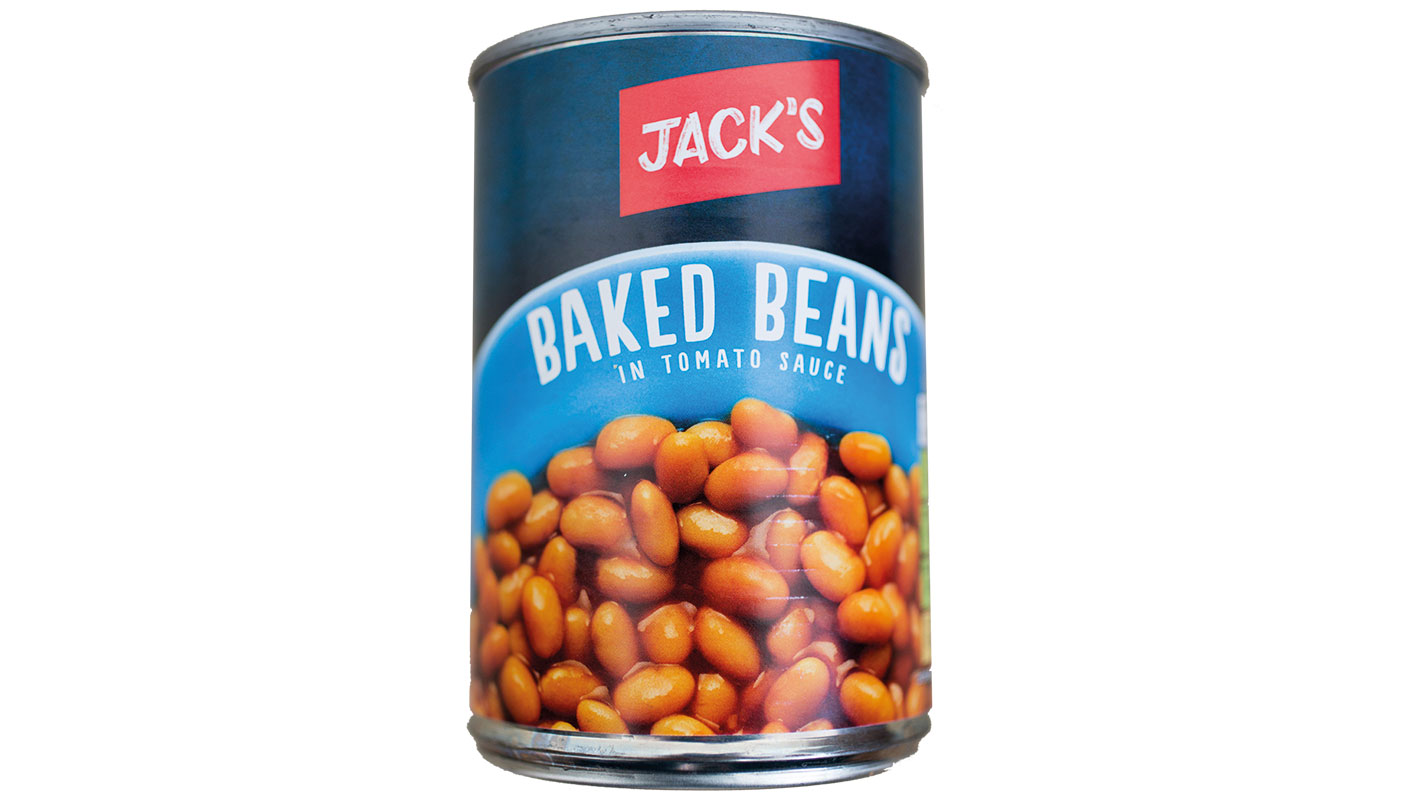Lidl’s secret sauce – why you should buy bottom feeders
Piling it high and selling it cheap is not the easy money-making strategy it might seem. Buy up those who can do it well, says Matthew Lynn.


That didn’t last long – Tesco decided last week that competing with Aldi and Lidl at the bottom of the grocery market was a lot harder than it looked and closed the “Jack’s” chain set up only four years ago to take the fight to the German discounters. Tesco launched its low-cost chain, which was named after Jack Cohen, Tesco's founder, with great fanfare in 2018. The idea was to compete with Aldi and Lidl, discount grocers who were taking an increasing chunk of the British grocery market with their cheap, limited ranges. If Tesco allowed the two newcomers to advance too far into its core customer base it could quickly find itself in big trouble. And with its vast buying power and its expertise in the market, Tesco’s executives may well have thought they could swat aside their rivals with ease.
That didn’t work out as planned. Four years on Jack’s has only a handful of stores and hasn’t made any impact on the market, while its German rivals have kept on growing. At the same time, Tesco has managed to stabilise its market share and its finances, and the share price has recovered. It makes more sense to focus on cutting prices at its existing 4,000 stores and matching its rivals right across the range.
This is not the first time a major company has tried to compete head on with a low-cost rival and failed. In the 1990s, British Airways launched a budget airline called Go to compete with Ryanair and the other low-cost carriers starting to take a chunk out of the market. It quickly gave up when it realised that running a budget airline was a lot harder than it looked and a lot more difficult to run profitably than ferrying executives from Heathrow to New York and Singapore. Likewise, in the 1980s, with cheaper Japanese cars flooding into the US market, General Motors launched a new brand called Saturn. But it never worked out how to make any money and eventually gave up, while Honda and Toyota sailed on regardless. There are circumstances that explain each failure, but the bigger point is that the bottom of the market is a really tough place to make money.
MoneyWeek
Subscribe to MoneyWeek today and get your first six magazine issues absolutely FREE

Sign up to Money Morning
Don't miss the latest investment and personal finances news, market analysis, plus money-saving tips with our free twice-daily newsletter
Don't miss the latest investment and personal finances news, market analysis, plus money-saving tips with our free twice-daily newsletter
The magic of successful bottom-feeding
There are three reasons why it is so difficult. First, and most obviously, the margins are wafer-thin. With a 50% or 100% mark-up, you can afford to carry some slack in the system; with just a few percentage points on each sale, you don’t have that luxury – every penny counts. A company has to be brutally efficient just to stay afloat. Stocks have to be managed precisely, supply chains perfectly managed, and the maximum effort coaxed out of staff who are probably not paid very much. It is easy enough to sketch out, but very hard to get right day after day, and not many companies can manage it.
Second, your core customers don’t have much spare cash. If inflation goes up, as is happening now, it won’t be possible to raise prices to match it. There will have to be constant special offers to persuade cash-strapped shoppers to spend any money. And you can’t expect much in the way of natural sales growth. The customers are not getting any richer, so the only way to raise sales is to open more branches.
Finally, there is never any room for mistakes. The machine has to be kept running perfectly every day. Get a single thing wrong and the profits for the year will be wiped out. Put it all together, and it is a huge operational challenge and one that requires a lot of skill to get right. For the few businesses that manage it, however, it is a very strong position to be in.
As it happens, there are a whole clutch of companies that pull it off. In groceries there are Aldi and Lidl, although they are both German-owned. In airlines, there is Ryanair, easyJet and Wizz Air. In hospitality there is JD Wetherspoon and Greggs. In leisure, there is Travelodge. In retail, there is Poundland, owned by Pepco Group and now listed in Warsaw, and Primark, a unit of Associated British Foods. The market should be rating these more highly. They’ll never be exciting. They won’t generate huge year-on-year sales growth. They don’t have any very interesting technologies and the brands don’t inspire enthusiasm. Yet they churn out earnings year after year. Perhaps most importantly of all, they are almost impossible to beat – as Tesco has just demonstrated all over again.
Get the latest financial news, insights and expert analysis from our award-winning MoneyWeek team, to help you understand what really matters when it comes to your finances.
Matthew Lynn is a columnist for Bloomberg, and writes weekly commentary syndicated in papers such as the Daily Telegraph, Die Welt, the Sydney Morning Herald, the South China Morning Post and the Miami Herald. He is also an associate editor of Spectator Business, and a regular contributor to The Spectator. Before that, he worked for the business section of the Sunday Times for ten years.
He has written books on finance and financial topics, including Bust: Greece, The Euro and The Sovereign Debt Crisis and The Long Depression: The Slump of 2008 to 2031. Matthew is also the author of the Death Force series of military thrillers and the founder of Lume Books, an independent publisher.
-
 The war dividend – how to invest in defence stocks as the world arms up
The war dividend – how to invest in defence stocks as the world arms upWestern governments are back on a war footing. Investors should be prepared, too, says Jamie Ward
-
 Literacy Capital: A trust where great returns fund a good cause
Literacy Capital: A trust where great returns fund a good causeThere’s plenty to like about specialist private-equity trust Literacy Capital, says Max King
-
 An AI bust could hit private credit – could it cause a financial crisis?
An AI bust could hit private credit – could it cause a financial crisis?Opinion Private credit is playing a key role in funding data centres. It may be the first to take the hit if the AI boom ends, says Cris Sholto Heaton
-
 8 of the best ski chalets for sale now
8 of the best ski chalets for sale nowThe best ski chalets on the market – from a traditional Alpine-style chalet in Switzerland to an award-winning Modernist building in Japan’s exclusive ski areas
-
 Did COP30 achieve anything to tackle climate change?
Did COP30 achieve anything to tackle climate change?The COP30 summit was a failure. But the world is going green regardless, says Simon Wilson
-
 Who is Christopher Harborne, crypto billionaire and Reform UK’s new mega-donor?
Who is Christopher Harborne, crypto billionaire and Reform UK’s new mega-donor?Christopher Harborne came into the spotlight when it emerged he had given £9 million to Nigel Farage's Reform UK. How did he make his millions?
-
 The best Christmas gifts for your loved ones
The best Christmas gifts for your loved onesWe round up the best Christmas gifts with a touch of luxury to delight, surprise and amaze family and friends this festive season
-
 Leading European companies offer long-term growth prospects
Leading European companies offer long-term growth prospectsOpinion Alexander Darwall, lead portfolio manager, European Opportunities Trust, picks three European companies where he'd put his money
